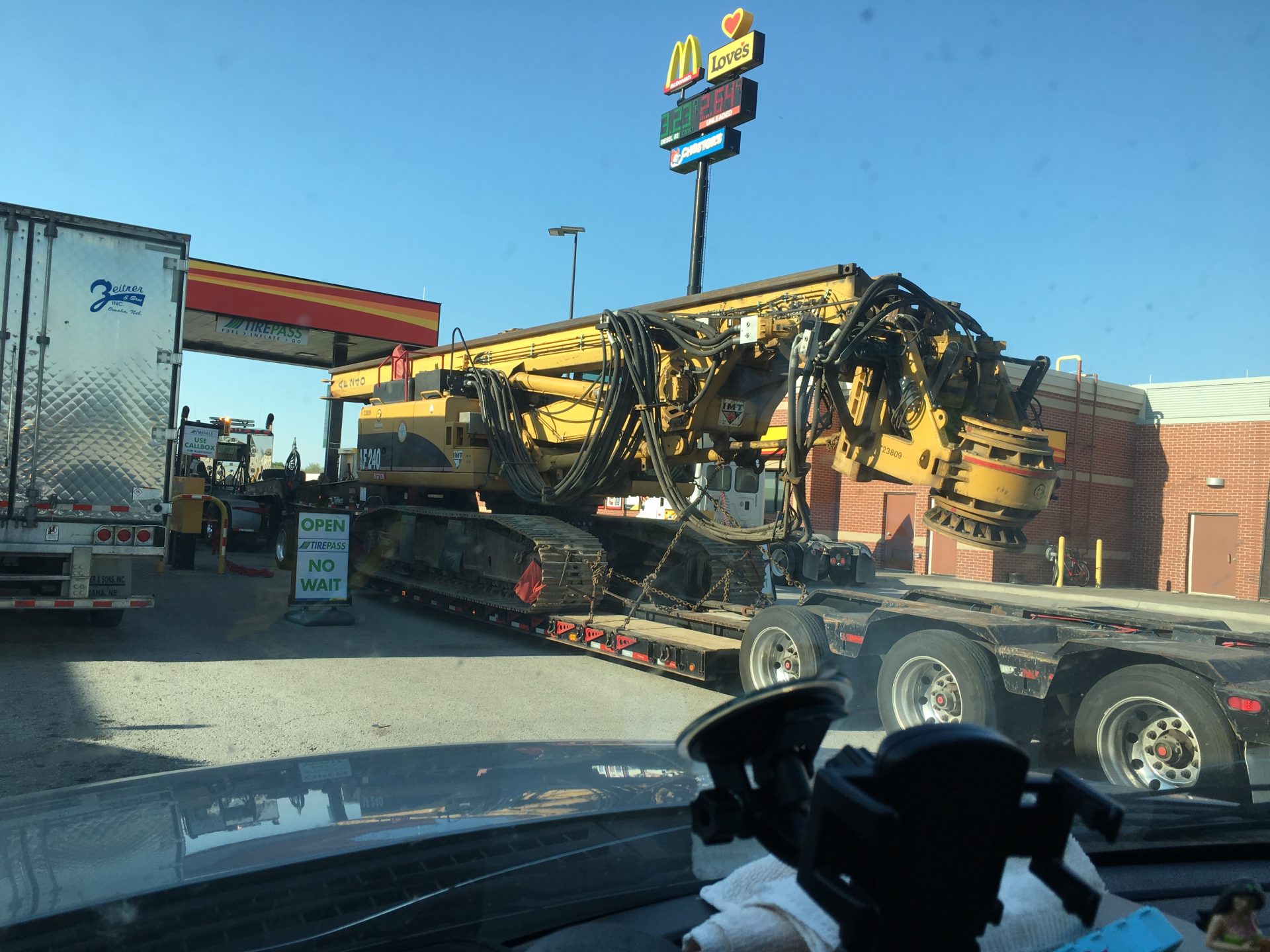Heavy load transport is a critical aspect of the logistics industry, ensuring the timely delivery of oversized cargo across the United States and Canada. However, transporting these huge loads presents unique challenges that can impact safety, efficiency, and overall project success. In this article, we will explore the top challenges in heavy load transport and how pilot cars play a crucial role in overcoming them.
Insufficient Route Planning
Planning the route for transporting heavy loads is much more complex than for regular vehicles. Issues such as low bridges, narrow roads, sharp turns, and road construction must be carefully considered to prevent delays or accidents. Pilot cars play a vital role in route planning by scouting the roads ahead, identifying obstacles, and ensuring that the chosen route is safe and suitable for the oversized load.
Safety Concerns
Safety is the top priority in heavy load transport, as oversized cargo poses a higher risk to other drivers, pedestrians, and the cargo itself. Maneuvering a massive load through traffic, intersections, and tight spaces requires specialized skills and attention to detail. Pilot cars help enhance safety by providing escort vehicles that warn other road users of the oversized load, control traffic flow, and communicate with the heavy load driver to navigate challenging situations safely.
Legal Compliance
Transporting heavy loads across state or provincial borders entails navigating a maze of regulations, permits, and restrictions. Violating weight limits, travel hours, or route requirements can result in fines, delays, or even legal consequences. Pilot cars assist heavy load drivers in maintaining legal compliance by ensuring that all necessary permits and paperwork are in order, monitoring adherence to transportation laws, and facilitating communication with authorities when needed.
Infrastructure Limitations
Infrastructure limitations such as weak bridges, low-clearance tunnels, or weight-restricted roads can pose significant challenges for heavy load transport. Without proper planning and coordination, the oversized cargo may encounter obstacles that require detours or special accommodations. Pilot cars help identify infrastructure limitations along the route, coordinate with authorities to address specific challenges, and provide real-time guidance to the heavy load driver to navigate safely through restricted areas.
Traffic Management
Heavy load transport disrupts normal traffic flow and can cause congestion, especially in urban areas or during peak travel times. Managing traffic to ensure the smooth passage of oversized cargo without impeding other vehicles is crucial for minimizing delays and preventing accidents. Pilot cars assist in traffic management by coordinating with local authorities, directing vehicles around the heavy load, and optimizing the route to avoid high-traffic areas whenever possible.
Final Thoughts
In conclusion, heavy load transport presents a unique set of challenges that require careful planning, specialized expertise, and effective coordination to overcome. Pilot cars play a vital role in ensuring the safe and efficient transportation of oversized cargo by addressing route planning, safety concerns, legal compliance, infrastructure limitations, and traffic management. By working together with heavy load drivers, pilot cars help mitigate risks, minimize delays, and deliver oversized cargo to its destination with precision and reliability.

